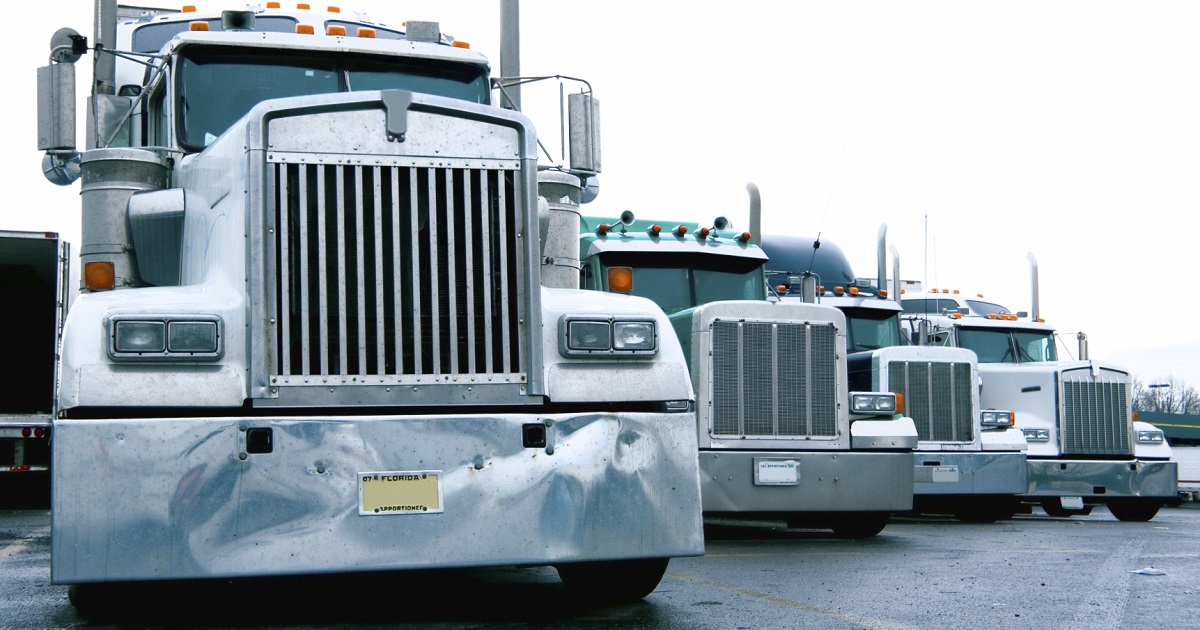For Media Inquiries
Contact Revee White, Director of Marketing and Communications at rwhite1@mem-ins.com or 573.499.4190.
Work-related vehicle crashes remain the top cause of employee fatality across the United States. In addition to having high severity and fatality rates, vehicle crashes are very costly to employers due to employee injury treatment, vehicle repairs, insurance premium increases and liability for damage to other vehicles, buildings and people.
Off-road recovery and steer tire blowouts are two common concerns for organizations with lots of fleet vehicles on the road (particularly the transportation industry). These two events, which can cause crashes, are scary because they seem to leave the driver without time to react. However, you can educate your employees to prevent these incidents and prepare them to respond if they do occur.

Off-road recovery: prevent overcorrection
Overcorrection crashes occur when a driver veers off the edge of the road and, in response, turns the vehicle sharply in the opposite direction. Overcorrecting could cause you to cross the center line, slide out of control, tip over or strike another vehicle.
Often, overcorrection is caused or exacerbated by the driver strongly braking after veering off-road. In this case, the tires are braking on two different surfaces – the pavement of the road and gravel, grass or mud on the roadside. This decreases the amount of control you have over your vehicle.
If you do veer off the road, simply take your foot off the accelerator. Keep a firm grasp on the steering wheel and guide your vehicle gradually back into the lane.
Of course, a better plan is to avoid veering off-road in the first place. Always drive at speeds appropriate for road conditions and reduce your speed on rural roads with narrow shoulders or gravel surfaces. Minimize distractions in the car and focus on the road, scanning for pavement drop-offs.
For more, view the Missouri State Highway Patrol’s Off-Road Recovery video.
Prevent and prepare for tire blowouts
You can reduce the risk of steer tire blowout with better vehicle maintenance. Check tires often, especially when they’re used on trucks or vehicles that travel off-road, on rough terrain or on construction sites.
Here are the key items that should be on your tire checklist:
- Sidewall damage, tread separation or uneven wear
- Proper inflation and tread consisting of 4/32” minimum tread depth on steer tires and 2/32” on rear tires
- Age of the tire
- Wheel damage, lug nuts, hubs
- Steering system for excessive play, bent components, missing nuts, bolts or pins
Consider doing a quick Tool Box Talk with your drivers to help prepare them for a tire blowout. The best way to prepare is to be completely focused while driving. You should minimize distractions and keep both hands on the steering wheel.
What to do during tire failure
If a tire fails, you’ll notice the sudden sound of air loss, vibration and a heaviness in the steering wheel. It’s important not to panic. Avoid slamming on the brakes – it could cause you to lose control. Instead, maintain the vehicle’s forward momentum. Maintain a firm grasp on the steering wheel to avoid veering left or right. Then, find a safe place to stop the vehicle and assess the situation.
Check out this video for more on steer tire blowouts.
Encourage safe driving practices
Many of the risks that employees face when they get into a vehicle can be mitigated by defensive driving techniques and distraction-free driving. Here are a few tips to set your employees up for success when they’re driving on the job:
- Develop policies that require seat belt use, restrict distractions like cell phones and prohibit being under the influence of drugs and alcohol
- Provide safe vehicles that are regularly inspected for hazards and maintenance needs
- Provide driver safety meetings and defensive driving training
- Monitor drivers and provide corrective action when safe driving rules are not followed
All employers should include steer tire blowout, off-road recovery and general safe driving in their employee safety training program. Back up these safe driving tactics with discussions on seat belt use and minimizing distractions. With training and communication, you can do a little bit more to minimize your employees’ risk of vehicle crash.
